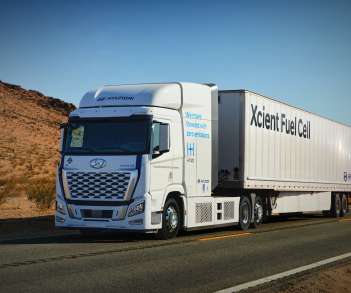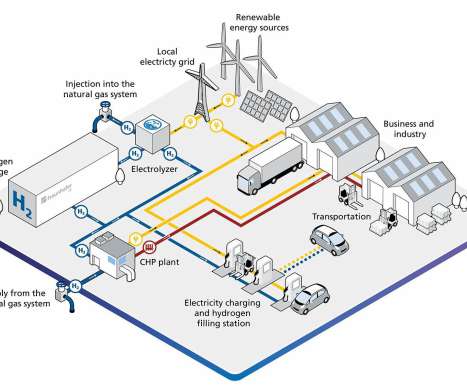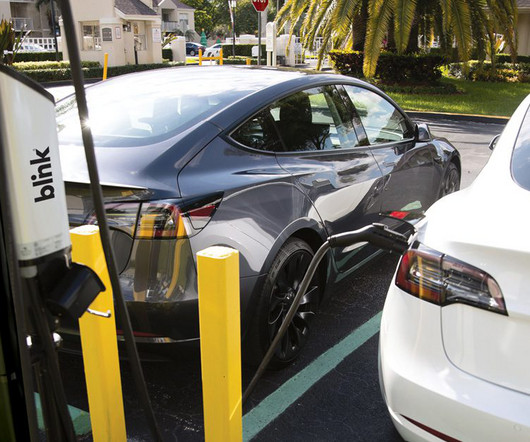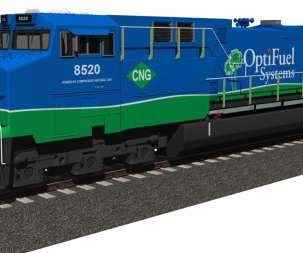Hyundai Motor puts XCIENT Fuel Cell electric trucks into commercial fleet operation in California with $3.5M from EPA
Green Car Congress
SEPTEMBER 15, 2022
EPA’s TAG program aims to reduce air pollution in areas of the nation with the highest levels of ambient ozone and fine particulate matter (PM 2.5 ) pollution. Last year, Hyundai Motor also announced its NorCal Zero project, also known as Zero-Emission Regional Truck Operations with Fuel Cell Electric Trucks. Earlier post.)






































Let's personalize your content